Last month, I was moderating a talk on the Creative Economy in Ghana for the Adventurers in the Diaspora series follow them on Facebook to never miss their events!). What is the creative economy anyway? I did some research before accepting the job and came across a very inspiring 400 page report made in 2010 by the United Nation’s Conference on Trade and Development (UNCTAD) PDF here.
Some highlights of the report, in my opinion, were its case studies including Nigeria’s Nollywood and the Africa Remix exhibit.
The report also offered 10 key messages for policy makers:
- Whilst in 2008 there was a 12% reduction in world trade, exports of creative goods and services continue to grow at an average annual rate of 14% over the past 6 years, with the potential to become one of the most dynamic sectors of the world economy.
- Growth is particularly apparent in ‘south-south’ trade: trade in creative good and services there grew at an average rate of 20% per annum over the same period, and the creative economy took an increasing market share of south-south trade.
- The right mix of public policies and strategic choices are essential if the potential of the creative economy for economic development is to be achieved. It is important, especially in developing countries, to develop a functioning ‘creative nexus’ to attract investors, build creative entrepreurial practices, and offer better IT access and infrastructure.
- Policy strategies must recognise its multi-displinary nature – its economic, social, cultural and environmental linkages.
- It is important for governments to review IP rules to avoid constraints and adapt to new realities.
- The creative economy cuts across arts, business and connectivity, driving innovation and new business models. There should be a drive for better broadband infrastructure especially in the South. (my highlight)
- The creative economy is both fragmented and socially inclusive. Pragmatic policy-making requires a better understanding of who the stakeholders in the creative economy are, how they relate to one another and how the creative sector relates to other economic sectors.
- Policies for the creative economy also have to respond to demands from local communities for education, cultural identity and social inclusion, and environmental concerns. An increasing number of municipalities are using the concept of creative cities to formulate urban development strategies and reinvigorate growth.
- The firmness of the market for creative goods and services is an indicator of the importance of demand for ‘creative products’ in the post recession era, and should attract greater market share.
- Every society is rooted in a creative economy, but each country is different, and needs to think about its particular strengths for development. There is no one-size-fits-all policy.
The panelists Korkor Amartefio, Cultural practitioner, Dzifa Gomashie, Deputy Minister Nominee for Tourism, Culture and Arts, Odile Tevie, Nubuke Foundation and Zagba Oyortey, new director of the Ghana National Museum, framed some issues for Ghana:
1. Little data
We do not know the size of the creative economy in Ghana. Not how much the arts market is worth, how much beads and traditional crafts add to GDP or what the growth of the music industry is. Room for much research! With this type of data, we could canvass for more of number two on this list!
2. Little Government support
Apparently, government has not yet discovered the creative economy as a potential future gold mine. It seems, we are to busy with galamsay small scale gold miners, maybe…MUSIGA ha sbeen supported with a house, we have national centers of culture around the country, but apart from those structures (of which some seem to be falling apart), government is not surrounding itself with Ghanaian culture, promoting Ghanaian artists on their travels nor collecting Ghanaian art.
3. Lack of cooperation/information
From the discussion, a problem can be to find a space for an event. A suggestion was made to create a list of possible venues, their cost and availability for cultural practitioners to use. At a different event last week about marketing for cultural organizations, the lack of information was again highlighted. Organizations need training on how to sell themselves, but also structures for promotion and information sharing.
4. Education
The creative economy is much related to education, however the UNCTAD report itself does not really make the connection as noted by Pascal. In Ghana, creativity is not necessarily celebrated and on all levels of the economy we can see the effects of the lack of creativity. All from the 10th person selling the same food stuff in the same place to the bank that does not brand itself for any particular customer group or the CEO who never promotes creativity.
5. Money for enforcement of new laws
Since last year, Ghana has a new set on Intellectual Property laws (remember the “kenta” shoe?). That is great, but how do we make sure those laws are enforced?
The cure for it all is ENGAGEMENT. I was happy when the National Museum’s Mr Oyortey mentioned this in his very first contribution for the evening. The institutions need to engage with their audience and their counterparts, we the public need to attend events, buy art and let the creative economy make all our lives more sustainable and more fun!
Photos by Naa Oyoo Quartey/Ganyobinaa.
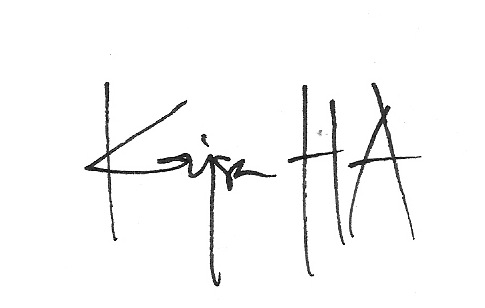
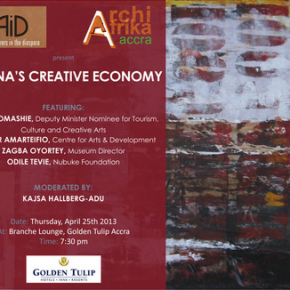
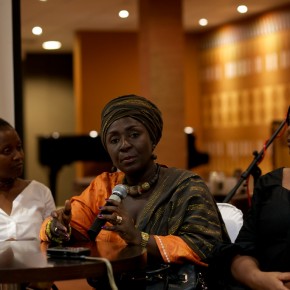
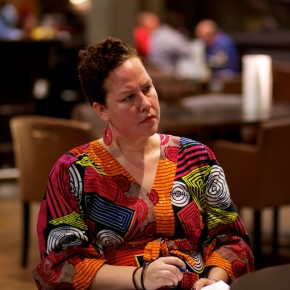

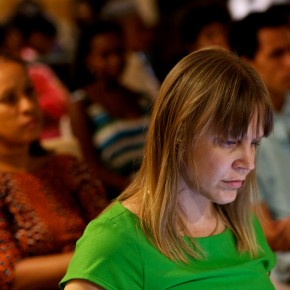
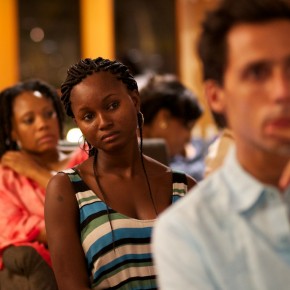
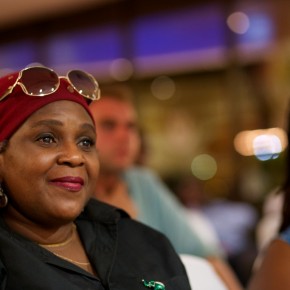
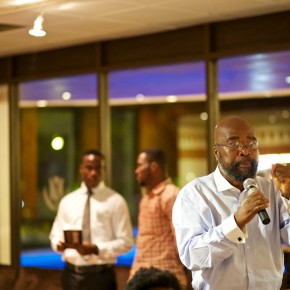

1 Comment
Thank you Kajsa!!! We need to promote ourselves and learn how to make money from the creative industries.